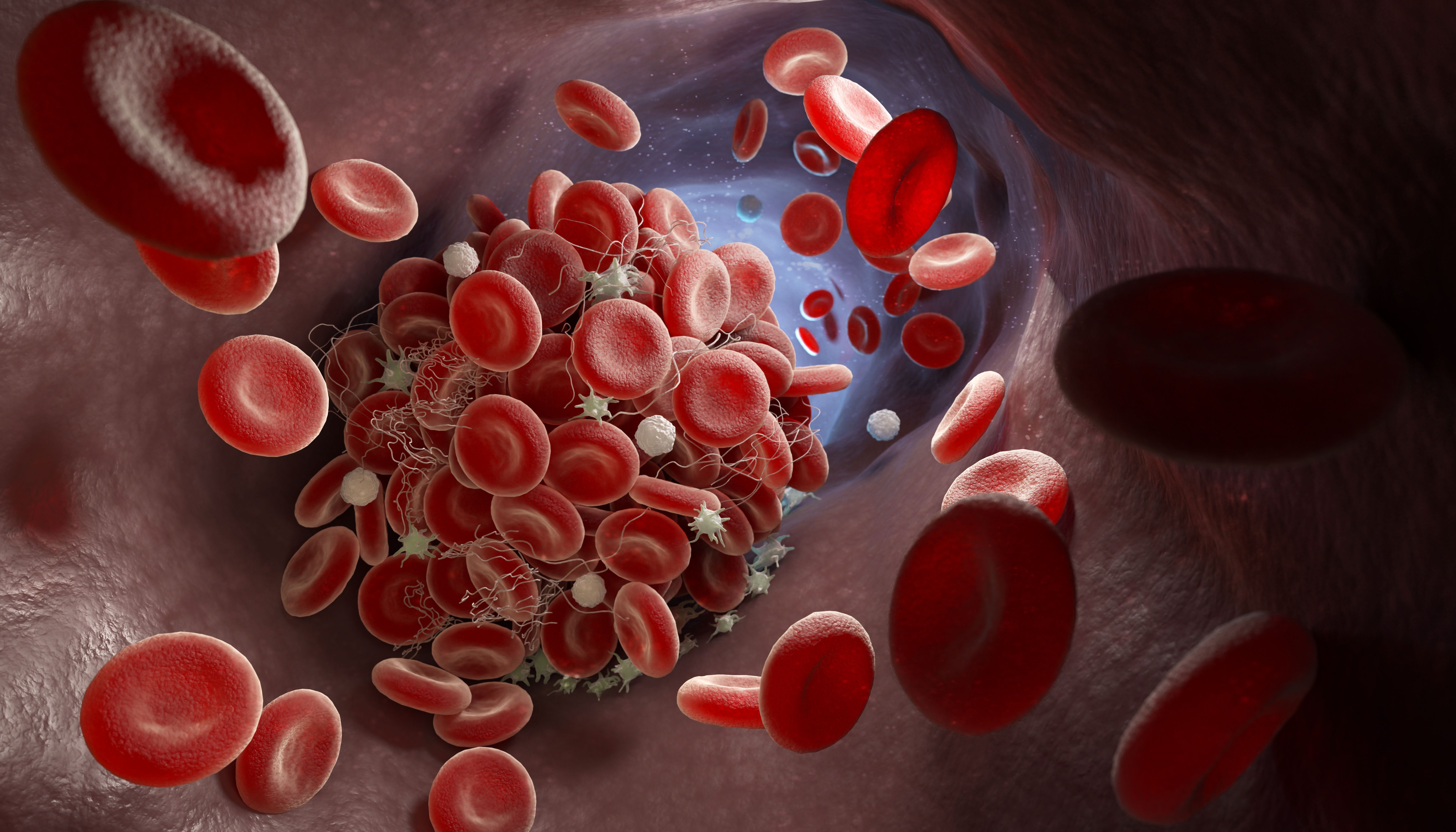Article
Clinical Trials Are Crucial to Advance MPN Treatment
Author(s):
Clinical trial enrollment is vital for the field of MPN treatment to continue to progress forward.
For lesser-known hematologic malignancies, such as myeloproliferative neoplasms (MPNs), it is vital that ongoing clinical trials continue to investigate the tolerability and efficacy of novel regimens for the field to continue moving forward.
“These days, especially with advancing the science in diagnosis, next-generation sequencing is revealing a lot of molecular abnormalities that may help in deciding which patients need to have closer follow-up than the rest of the patients,” said Kebede H. Begna, M.D. “Hopefully, there will be some more targeted treatments, but we will know if the targeted treatments work by enrolling patients on clinical trials. My recommendation is, in the long term, to advance the science [and] encourage patients and physicians for clinical trials.”
For example, the combination of the JAK1/2 inhibitor Jakafi (ruxolitinib) and decitabine is being tested in patients with accelerated-phase MPNs or post-MPN acute myeloid leukemia in a multicenter phase 1/2 study (NCT02076191). Researchers will observe the maximum-tolerated dose and any dose-limiting toxicities seen with the regimen.
The PI3K-delta inhibitor TGR-1202 is also being explored with Jakafi in patients with myelofibrosis, MPN/myelodysplastic syndromes, and polycythemia vera (PV) that is resistant to hydroxyurea (NCT02493530). In the open-label phase 1 trial, investigators will review the safety of the combination.
Can you give an overview on your talk on MPNs?
Begna, an assistant professor of medicine at Mayo Clinic, lectured on the diagnosis and treatment of patients with MPNs, including PV, essential thrombocytopenia (ET) and myelofibrosis. In an interview, he shared how the approaches to diagnosis have evolved and the significance of enrolling patients on clinical trials.PV and myelofibrosis are grouped under a big category we lump together as chronic MPNs, which is a term that was coined more than half a century ago. Chronic myelomonocytic leukemia is molecularly defined as BCR-ABL, and BCR-ABL—negative MPNs include PV, myelofibrosis, and ET. There are other types of MPNs, but my talk concentrated on myelofibrosis and PV. Myelofibrosis is a classic BCR-ABL–defined MPN. In the last 10 years, there [has been] progress in making a diagnosis from objectives using bone marrow biopsy. The way we diagnose our patients is much easier for us, and for the hematopathologists who are helping us in making the diagnosis.
There is no significant change in how we treat patients, but based on the molecular findings, we are coming up with a better way of treating, helping, and advising our patients with both PV and myelofibrosis.
What are the most notable advancements for both PV and myelofibrosis? It is mainly in terms of diagnosis. It is much more objective. We have around 3 or more molecular mutations which are described in the last 10 years. These include JAK2V6171, which was described in 2006, and in the last two or three years, an additional mutation called CALR was described in patients with myelofibrosis and ET. Our way of diagnosis is much more objective and, in the last couple of years, next-generation sequencing is helping us to define more molecular abnormalities, especially regarding prognosis of patients with myelofibrosis. Those really help us advise our patients in what direction to go in terms of their treatment.
When do you decide to use Jakafi in both patients with myelofibrosis and PV?
It is available and approved by the FDA for patients with PV and myelofibrosis, but we have to be a little bit careful. It is approved for a subset of patients with PV. For example, it is approved only for patients who are hydroxyurea-intolerant. The first treatment of choice in PV is actually not medication; it is phlebotomy. Once there are certain indications to start hydroxyurea chemotherapy and an individual fails to respond to it, then one may consider Jakafi as the second- or third-line option. There are a lot of other things we need to pay attention to before we reach out and start using Jakafi.
Have you noticed any impact on patient outcomes or quality of life with Jakafi in clinical practice?
Are there ongoing clinical trials in either of these spaces that you are excited about?
With regard to myelofibrosis, Jakafi was approved in 2012. Again, this is approved for a subset of patients with myelofibrosis who have high-risk disease and have huge splenomegaly. In my talk, I pointed out a few things to look for before starting Jakafi. It is helpful, but it is not able to change the disease future in the bone marrow. Jakafi is not like how imatinib (Gleevec) is. Yes, it shrinks the spleen and lifestyles of patients have changed a lot. Some patients with PV have significant itching, which [they may continue to have] on hydroxyurea. I have seen improvements [of that] with Jakafi. In addition to Jakafi, there are other JAK2 inhibitors like momelotinib which was in a phase III clinical trial. In the phase 1 and 2 trials, it had a bit of an advantage with improving anemia in patents with myelofibrosis and with enlargement of the spleen.
What would you like to see accomplished in this field in the near future?
When I talk about patients with myelofibrosis, the most worrisome thing is the need for transfusions and also the risk of progression to acute leukemia. Unfortunately, so far, we don’t have any medications that may prevent the progression of disease other than stem cell transplant. Hopefully, we will have an imatinib-like medication for patients with myelofibrosis. I strongly encourage my colleagues, and also patients, to enroll in clinical trials. In other words, what we have is not enough for the lot of patients with myelofibrosis.




